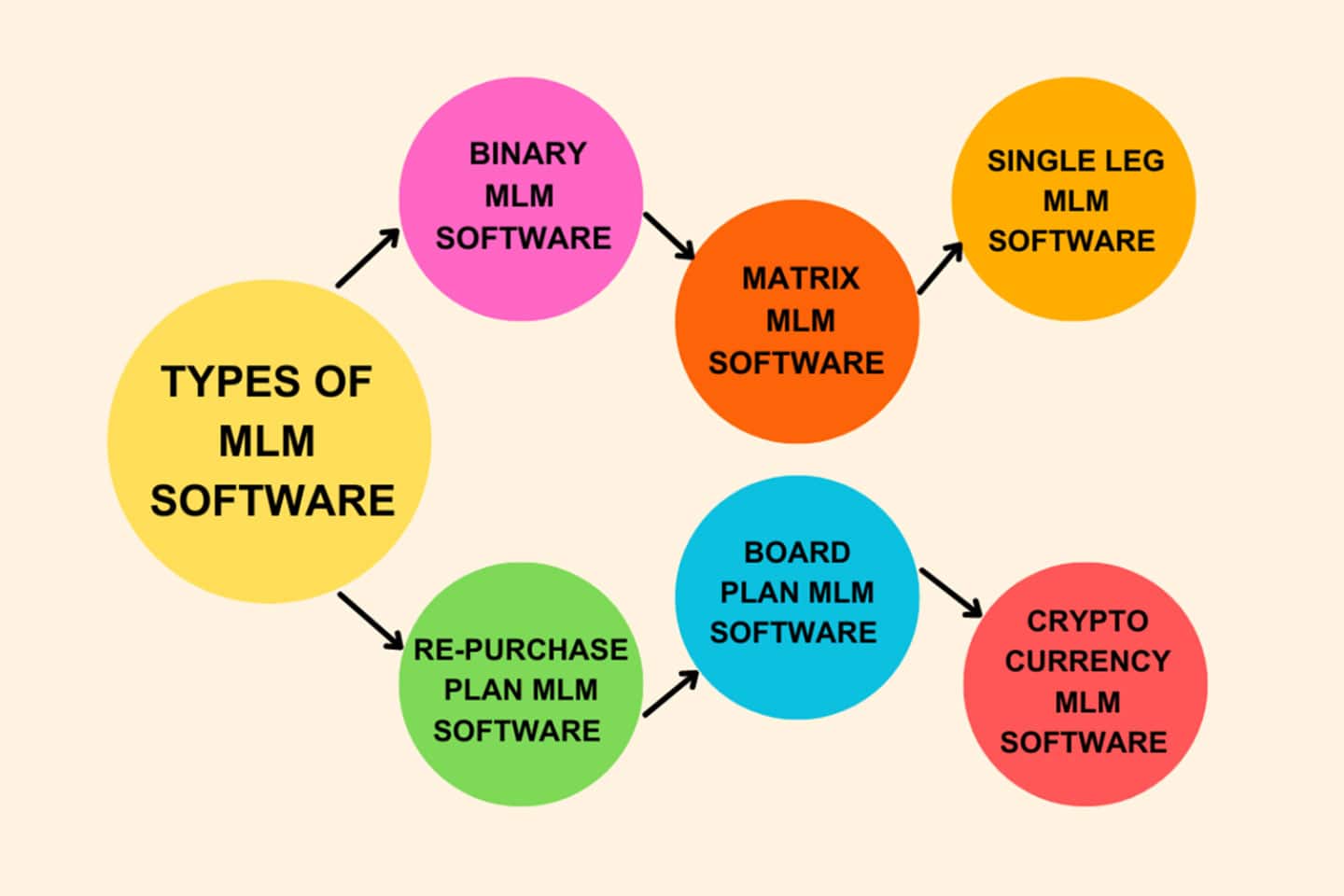How to Create MLM Software: A Clear Manual for Newbies
How to Create MLM Software: A Clear Manual for Newbies
To guarantee that MLM (Multi-Level Marketing) software meets your company's requirements and offers users a smooth experience, there are a few essential procedures that must be taken throughout development. Here's a simple explanation about how to create mlm software and what is the procedure to get you started:
Introduction to MLM Software:
MLM software, often known as multi-level marketing software, is an effective solution made to help companies in organizing and managing their multi-level marketing initiatives. In the multilevel marketing (MLM) business model, salespeople receive commissions for both the sales they make and the sales of their recruits. As a result, a downline—a network of distributors—is formed, which can develop and become difficult to control.
1. Identify Your Needs :
It's critical to specify the features and functionalities your MLM program requires before beginning development. Think about elements like:
Compensation Plans: Choose the MLM plan type (binary, matrix, unilevel, etc.) and the format for commissions and bonuses.
User Positions: Ascertain each user's job and set of permissions (administrators, distributors, customers).
Product Management: Describe how goods and services will be handled by the software and presented.
2. Select a Method for Development :
When it comes to creating MLM software, you have two main options:
Custom Development: Specifically designed software that satisfies your needs, but usually takes more time and money.
Employing MLM Software Vendors: Use pre-existing MLM software solutions to reduce development time by customizing them to some extent.
3. The Process of Development :
In the event that you choose bespoke development, the following phases are often involved in the process:
Planning: Closely collaborate with developers to draft a comprehensive project plan that includes deliverables, deadlines, and milestones.
Design: To guarantee user-friendly navigation and functionality, design the user interface (UI) and user experience (UX).
Development: Utilizing features such as user registration, compensation computation, reporting, and payment processing, code the program according to the authorized designs.
Testing: Make sure the program is fully tested for errors, usability issues, and security flaws.
Installation: Install the program on a safe server and make sure it's working.
4. Integration and Support :
Integration: Assist with the seamless integration of your multilevel marketing software with other systems including marketing tools, CRM software, and payment gateways.
Assistance and Upkeep: Assist users with their questions, troubleshoot issues, and software updates to adapt to evolving corporate demands and legal constraints.
5. Compliance and Security:
Compliance: Make sure your multilevel marketing software conforms to national and international legislation that regulate multilevel marketing and safeguarding data.
Security: To safeguard sensitive user data, transactions, and the MLM network's integrity, put strong security measures in place.
Conclusion
Developing MLM software requires careful planning, technical expertise, and a clear understanding of your business objectives. By following these steps and working closely with experienced developers, you can create MLM software that enhances your business operations and supports your network marketing efforts effectively.
For more information or assistance with MLM software development, feel free to contact Touchwood Technologies, where our experts specialize in creating tailored MLM solutions to meet your specific needs.

 +91 9877752948
+91 9877752948
 +44 7942334242
+44 7942334242

0 Comments
Leave a Comment